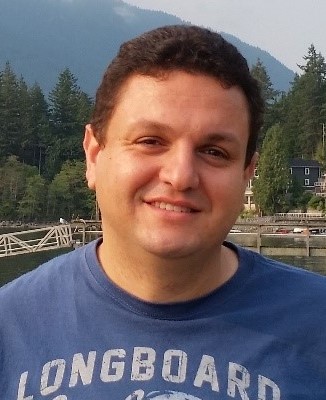 By Dr. Hesham Soliman, Research Associate, Rossi Lab
By Dr. Hesham Soliman, Research Associate, Rossi Lab
Single cell biology has revolutionized biomedical research. I had the amazing opportunity to absorb some of the innovative emerging technologies, methodologies and computational approaches driving this field forward at the Keystone Single Cell Biology Symposium in Breckenridge, Colorado. Techniques discussed at the meeting included single cell RNA sequencing, multiplexing single cell multi-omics, and spatial transcriptomics. It was truly incredible to see how the techniques described have contributed to breakthroughs in our understanding of the diversity and heterogeneity of cells.

Beaver Run Resort, Breckenridge, Colorado
The meeting included a session on single cell computational biology where Dr. Rahul Satija, who developed Seurat (a single cell computational R package), introduced Seurat version 3 and Dr. Dana Pe’er talked about new computational tools to advance single cell biology. Many computational packages/techniques for single cell RNA sequencing quality control or analysis were introduced. Another interesting session was on using single cell data to reconstruct cell lineages, where Drs. Fernando Camargo and Thomas Hofer discussed cellular barcoding using different approaches. Single cell imaging was also an important topic at the meeting. Dr. Lukas Pelkmans talked about the “4i imaging system” which is able to image across scales from tissue to molecular resolution and Dr. Masahiro Ueda presented “AiSIS”, an automated live single cell imaging technology for analysis of signal transduction at single molecule resolution. Additionally, novel in-situ protein imaging techniques that offer higher resolution with multiplexing capabilities such as a technique termed Immuno-SABER were presented. Finally, many new multiplexed sequencing techniques such as MULTI-seq, RAGE-seq and SPLiT-seq, were introduced in the meeting, each offering distinct advantages and tailored for specific uses.
Finally, I would like to thank the Centre for Blood Research for the CBR travel award which gave me the chance to attend this meeting with some of the world’s most advanced scientists in the field of single cell biology.

Beaver Run Resort, Breckenridge, Colorado


